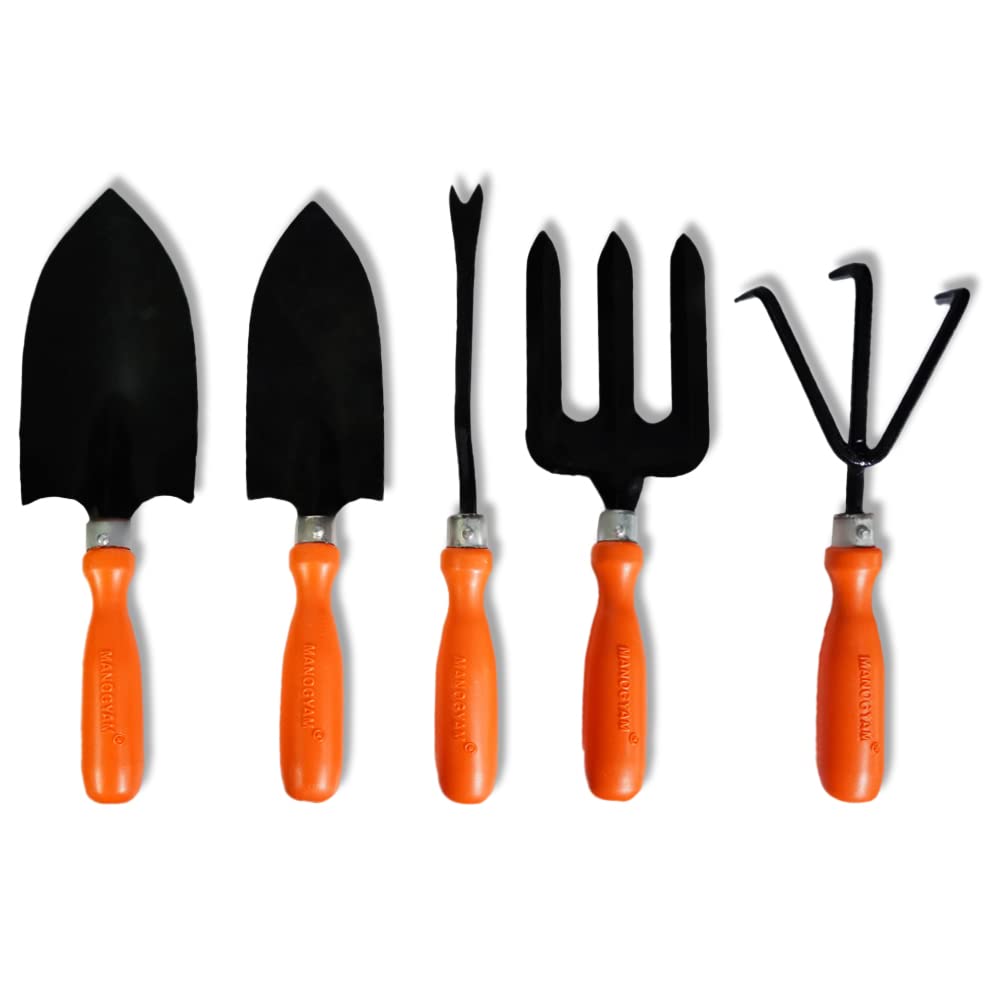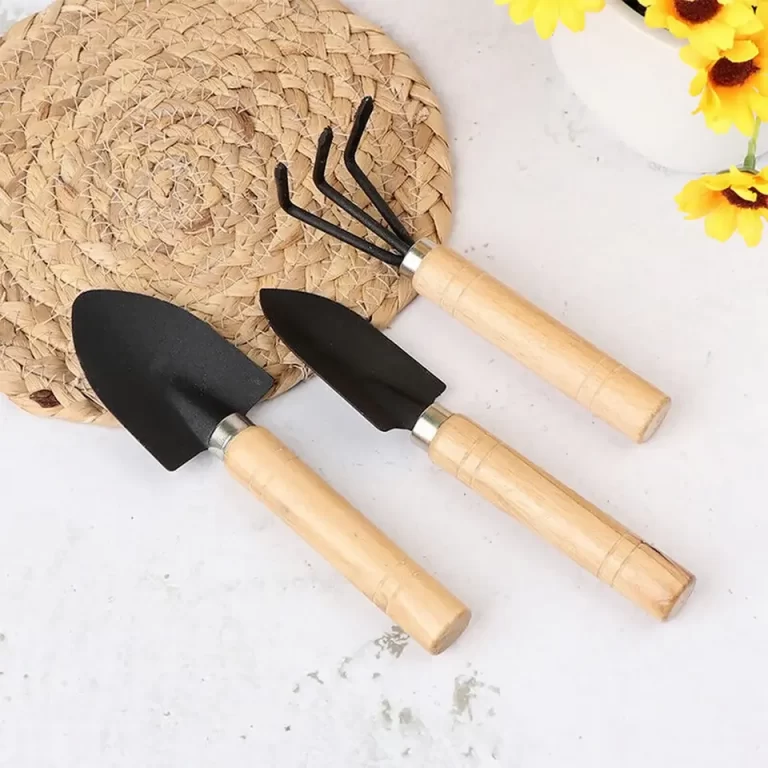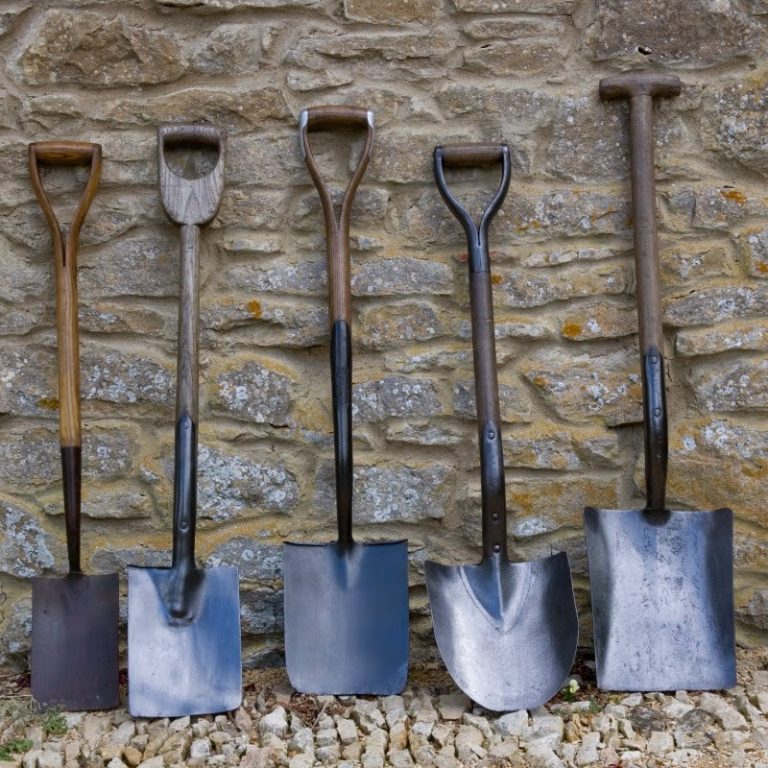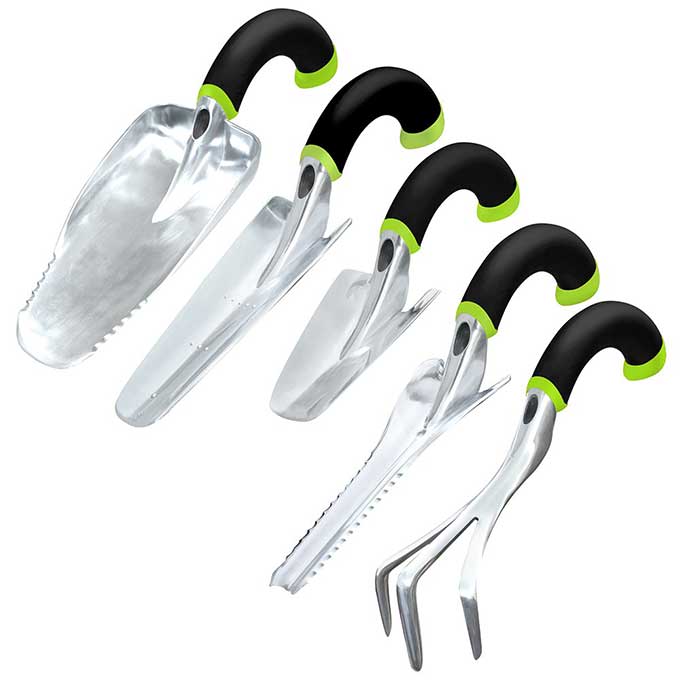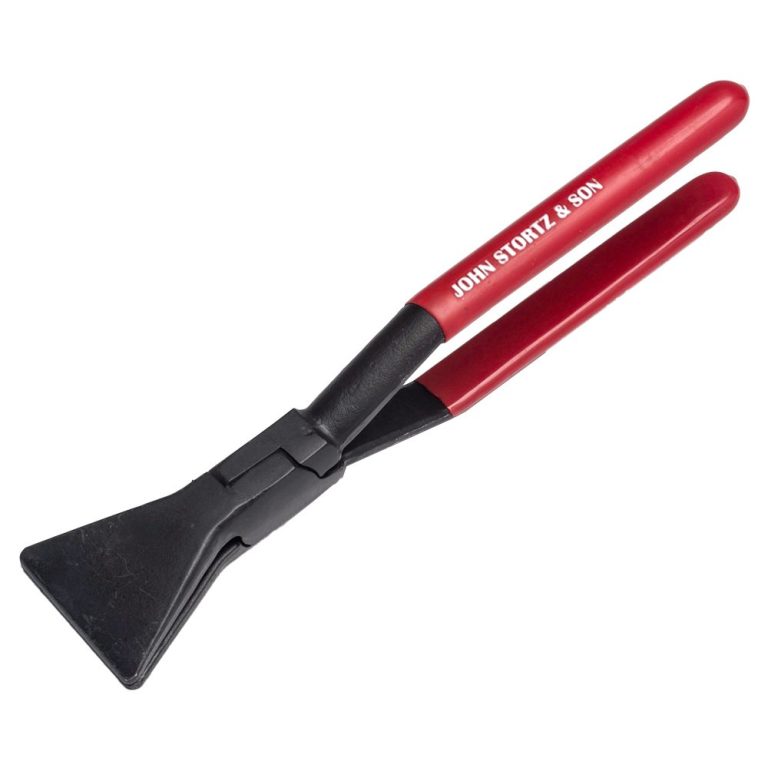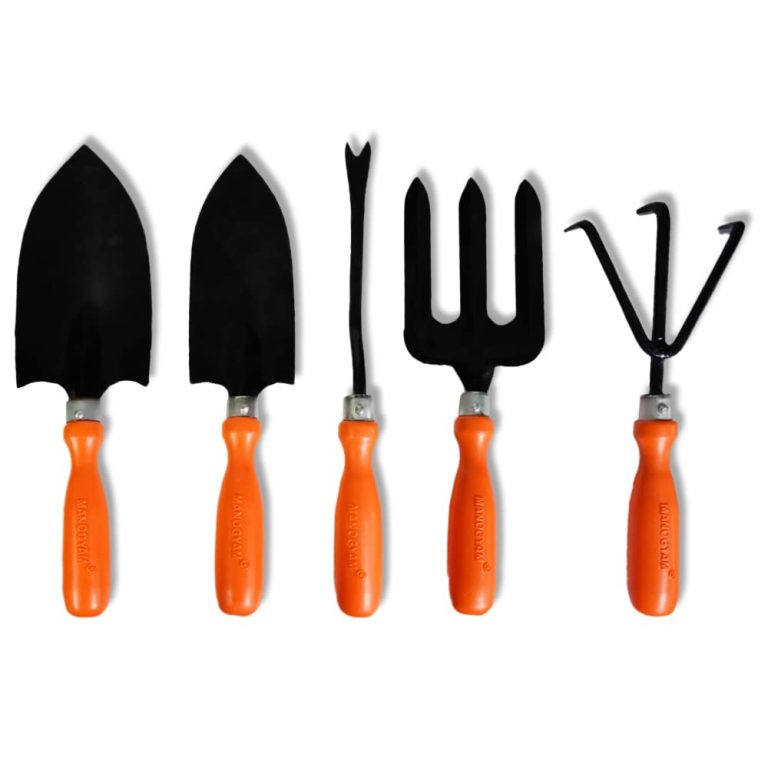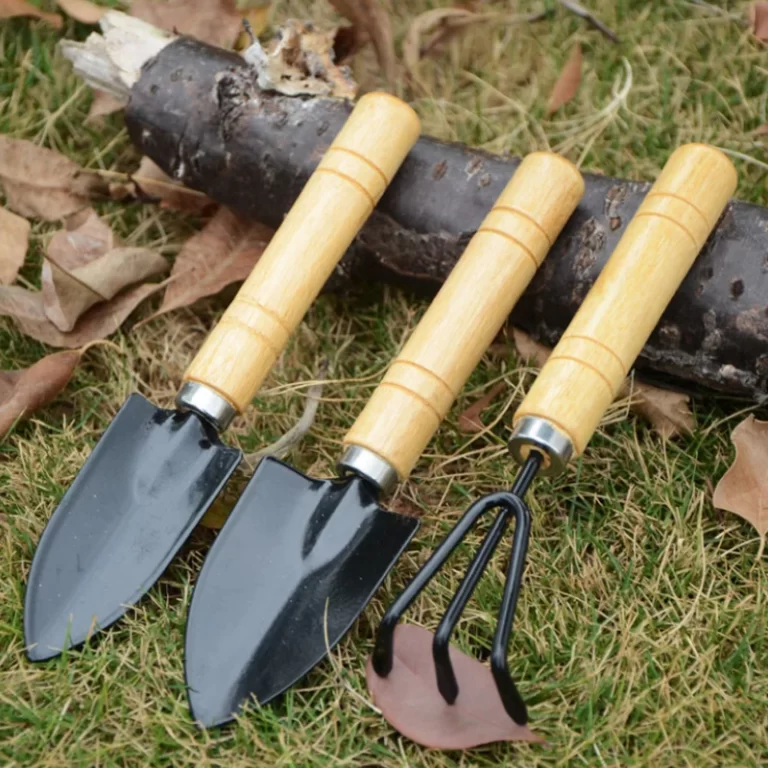The Foundation of Every Garden: Hand Tools
Hand tools form the backbone of any gardener’s arsenal, providing precision and control for a variety of tasks. The humble trowel leads the pack, its pointed scoop perfect for digging small holes, transplanting seedlings, and mixing soil. Pruning shears, also known as secateurs, allow gardeners to make clean cuts on stems and small branches, promoting healthy plant growth and maintaining shape. Looking for essential gardening tools? A sturdy garden fork proves invaluable for turning soil, breaking up clumps, and aerating compacted earth.
Hand cultivators, with their multiple prongs, excel at loosening soil, removing weeds, and mixing in fertilizers or amendments. For larger plants and tougher stems, bypass loppers offer extended reach and increased cutting power. These basic hand tools fit comfortably in a garden tote or apron, allowing for quick access and easy transport around the garden. Investing in high-quality, ergonomically designed hand tools can significantly reduce strain and fatigue during long gardening sessions. Regular cleaning and maintenance, including sharpening blades and oiling moving parts, ensure these tools remain effective and durable for years to come.
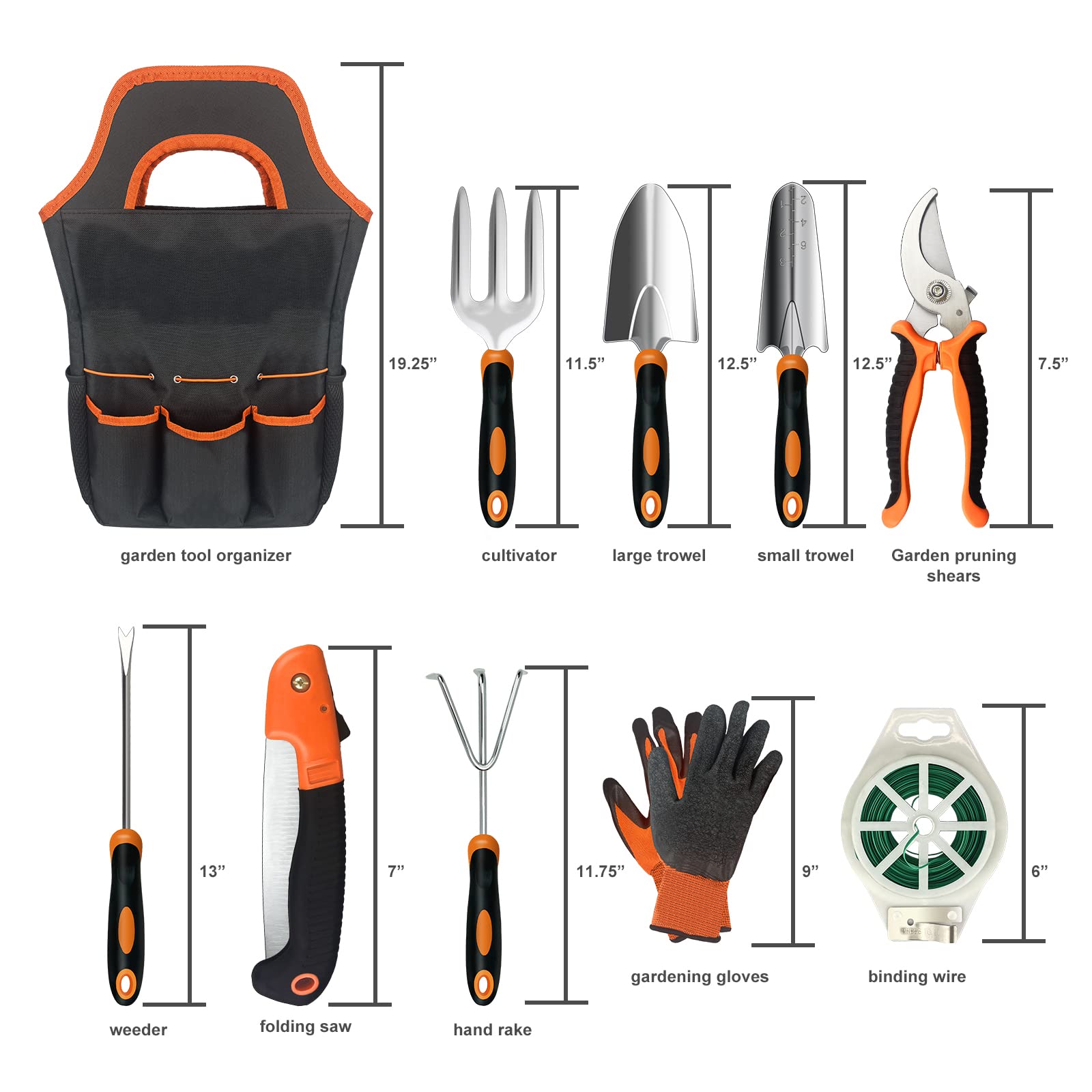
Watering Wisdom: Irrigation Tools and Techniques
Proper watering stands as a cornerstone of successful gardening, and the essential gardening tools make this essential task more efficient and effective. A versatile garden hose serves as the primary tool for most watering needs, with adjustable nozzles offering control over water pressure and spray patterns. For more precise watering, especially in container gardens or for delicate plants, watering cans with long spouts provide gentle, targeted hydration. Sprinklers cover large areas efficiently, with oscillating models ideal for lawns and rotating sprinklers suitable for gardens and flower beds.
Drip irrigation systems offer a water-conserving solution for consistent, deep watering directly at the root zone. For gardeners embracing technology, smart irrigation controllers can automate watering schedules based on weather conditions and plant needs. Soaker hoses excel at delivering slow, deep watering to rows of plants or along borders. Rain barrels collect and store rainwater, providing an eco-friendly water source for gardens. When choosing watering tools, consider factors such as garden size, plant types, water pressure, and local climate to create an efficient irrigation strategy that promotes healthy plant growth while conserving water resources.
Soil Preparation: Digging and Cultivating Tools
Preparing and maintaining healthy soil forms the foundation of a thriving garden, and the essential gardening tools make this labor-intensive task more manageable. The iconic garden spade, with its flat blade and sturdy handle, excels at digging, edging, and moving soil or mulch. For breaking new ground or turning over large areas, a garden fork proves indispensable, its tines easily penetrating and aerating soil. Tillers and cultivators, available in manual and powered versions, efficiently loosen soil and incorporate amendments over larger areas.
The humble hoe comes in various styles, each suited for different tasks: draw hoes for creating furrows and hills, scuffle hoes for weeding, and warren hoes for making precise seed drills. For fine soil preparation and seedbed creation, a soil rake with its flat head and short tines levels surfaces and removes small stones or debris. In smaller spaces or raised beds, a hand cultivator allows for precise soil working around established plants. When selecting digging and cultivating tools, consider the size of your garden, soil type, and physical capabilities to choose options that will make soil preparation tasks efficient and enjoyable.
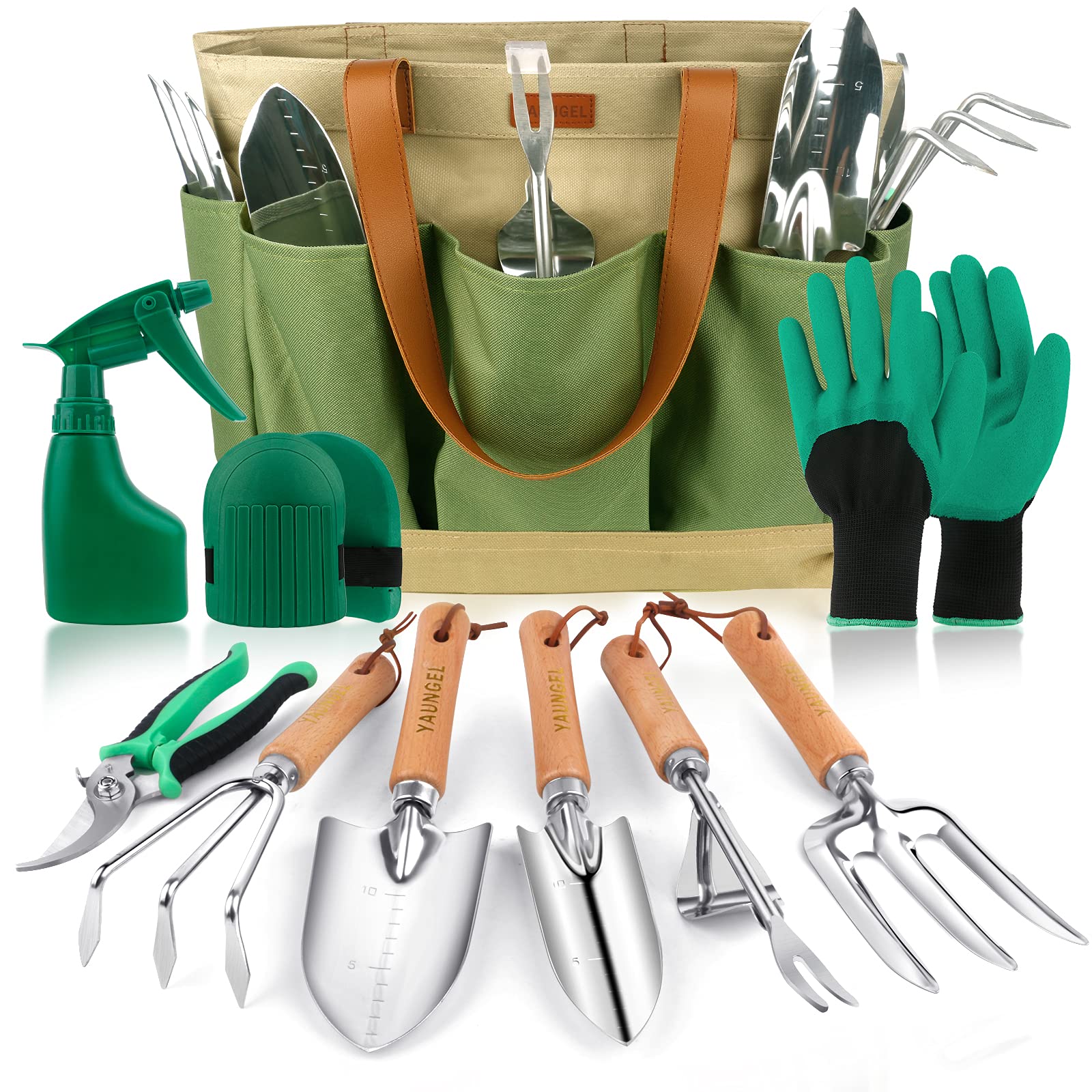
Precision Planting: Seeding and Transplanting Tools
Successful gardens begin with proper planting, and essential gardening tools can make the process more precise and efficient. Dibbers, simple pointed sticks, create uniform holes for seeds or small transplants, ensuring consistent depth and spacing. Seed dispensers or sowers allow for controlled distribution of seeds, particularly useful for small or fine seeds that are difficult to handle individually. For larger seeds or bulbs, bulb planters make quick work of creating the perfect-sized holes at the right depth.
Transplanting spades, with their narrow blades, excel at moving small plants with minimal root disturbance. Seedling trays and cell flats provide optimal conditions for starting seeds indoors, while heat mats and grow lights can extend the growing season. For more automated planting, especially in larger gardens, wheel planters or push seeders create furrows, drop seeds, and cover them in one pass. Plant labels or markers help track what has been planted where, crucial for planning and maintenance. When choosing planting tools, consider the types of plants you’ll be growing, the scale of your garden, and your preferred planting methods to select tools that will streamline the planting process and set your garden up for success.
Maintaining Order: Pruning and Trimming Tools
Pruning and trimming play crucial roles in maintaining plant health, controlling growth, and shaping gardens. Pruning shears or secateurs handle most basic cutting tasks, ideal for stems and small branches up to about ¾ inch in diameter. For larger branches, loppers provide increased leverage and cutting capacity, typically handling diameters up to 2 inches. Pruning saws tackle even larger branches, with their sharp, often curved blades making clean cuts through wood. Hedge shears, available in manual and powered versions, create crisp, even surfaces on hedges and bushes.
For precision work, especially on smaller plants or for detailed shaping, topiary shears offer fine control. Pole pruners extend reach for tall trees or shrubs, combining a saw or pruning blade with a long handle. When selecting pruning tools, consider factors such as blade material (bypass vs. anvil), ergonomic design, and overall durability. Regular cleaning and sharpening of pruning tools not only extends their life but also ensures clean cuts that promote quick healing and reduce the risk of disease transmission between plants. With the right pruning and trimming tools, gardeners can sculpt their outdoor spaces and maintain the health and vitality of their plants.
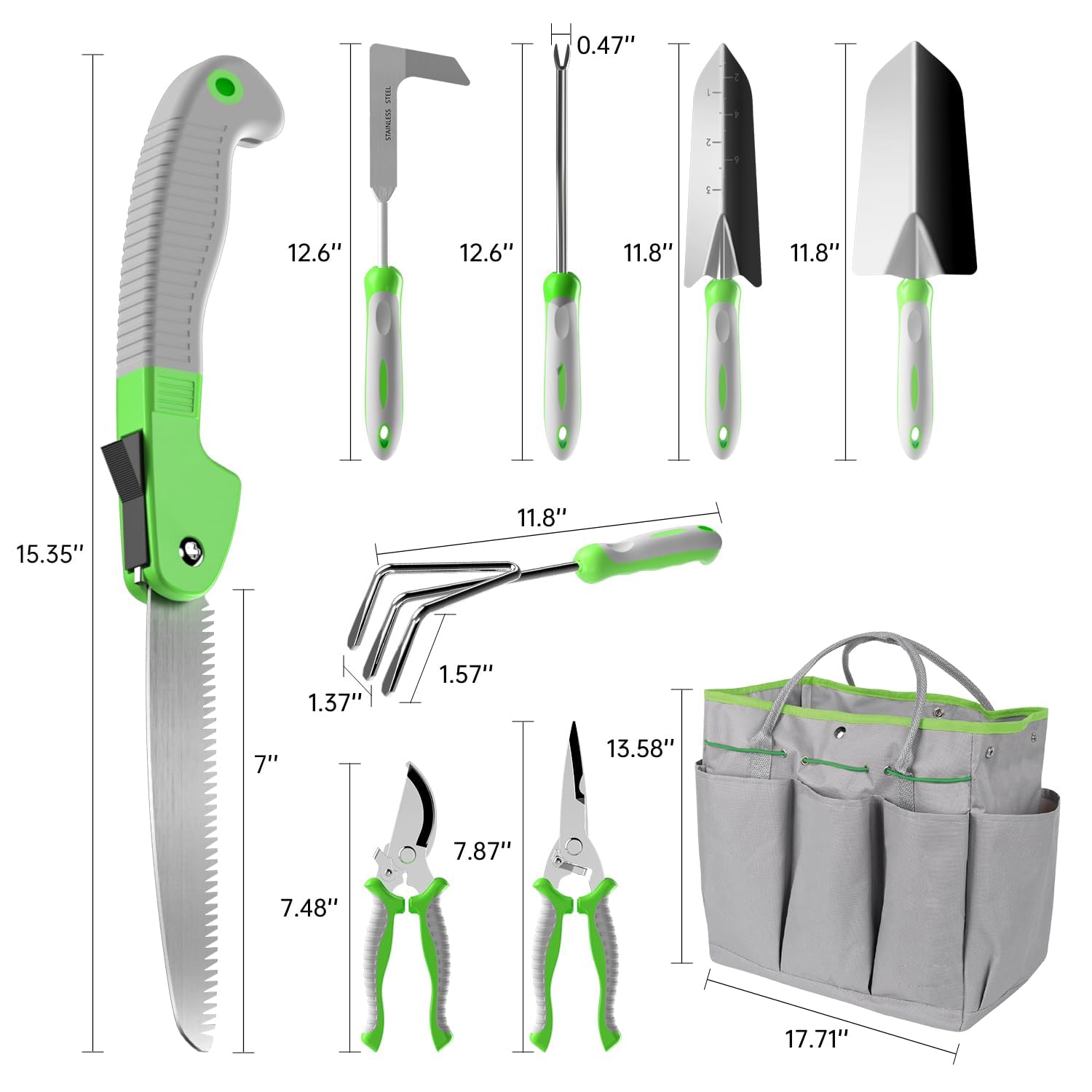
Weed Control: Tools for Managing Unwanted Growth
Weeds compete with desirable plants for nutrients, water, and sunlight, making effective weed control essential for a thriving garden. The classic garden hoe remains a versatile tool for removing weeds, with various styles suited to different situations: draw hoes for larger areas, scuffle hoes for surface weeding, and precision hoes for work around delicate plants. Hand weeders or dandelion diggers excel at removing weeds with deep taproots, leveraging the tool to extract the entire root system.
For weeding in tight spaces or delicate areas, hand cultivators loosen soil and uproot small weeds without disturbing nearby plants. Flame weeders offer a chemical-free option for pathway and driveway maintenance, using heat to destroy weed cells. Long-handled weed pullers allow gardeners to remove weeds while standing, reducing back strain. Mulching tools, such as rake-like spreaders or wheeled dispensers, help distribute organic mulch to suppress weed growth. For larger areas, string trimmers or weed whackers cut down weeds and grass in hard-to-reach spots. When choosing weed control tools, consider the types of weeds common in your area, the size of your garden, and your preferred method of weed management to create an effective strategy for keeping unwanted plants at bay.
Comfort and Safety: Personal Protective Equipment
Gardening, while rewarding, can pose various risks, making personal protective equipment (PPE) essential for comfort and safety. Gloves stand as the first line of defense, protecting hands from thorns, splinters, and soil-borne pathogens. Different tasks require different gloves: leather for heavy-duty work, latex or nitrile for wet conditions, and breathable fabric for general tasks. Knee pads or kneelers provide crucial support during ground-level work, reducing strain and protecting against damp soil. Sun protection ranks high in importance, with wide-brimmed hats shielding face and neck from harmful UV rays. Safety glasses or goggles protect eyes from flying debris during tasks like mowing or trimming.
For powered equipment use, hearing protection such as earplugs or earmuffs prevents damage from prolonged exposure to loud noises. Sturdy, closed-toe shoes with good traction guard against injuries and provide stability on uneven terrain. When working with chemicals or dusty materials, a respirator or dust mask ensures safe breathing. Long-sleeved shirts and pants offer additional protection against sun, scratches, and insects. By prioritizing personal protective equipment, gardeners can enjoy their outdoor pursuits with reduced risk of injury or discomfort, making gardening a safe and pleasurable activity for years to come.
Efficient Transport: Wheelbarrows and Garden Carts
Moving materials around the garden efficiently can make the difference between a challenging chore and a manageable task. Wheelbarrows, with their single wheel and two handles, offer maneuverability in tight spaces and the ability to dump loads easily. Traditional steel wheelbarrows provide durability for heavy loads, while plastic models offer lightweight convenience for general use. Garden carts, featuring two or four wheels. Provide stability and larger carrying capacity, ideal for transporting multiple tools, plants, or bags of soil.
Folding carts offer versatility and easy storage, perfect for gardeners with limited space. For smaller jobs or in confined areas, garden bags or totes with handles allow for easy movement of weeds, clippings, or harvested produce. Utility wagons, often with high sides and pull handles, excel at moving bulky items or serving as mobile potting stations. When selecting essential gardening tools, consider factors such as the terrain of your garden, typical load weights, storage space, and your physical capabilities. The right combination of wheelbarrows, carts, and carriers can significantly reduce the physical strain of gardening tasks, allowing more energy for the joys of planting, tending, and harvesting.

Specialized Tools for Unique Garden Needs
As gardens grow and diversify, specialized tools can address specific needs and make certain tasks more efficient. Bulb planters, both handheld and long-handled versions, create perfectly sized holes for spring-flowering bulbs. Soil scoops, with their wide, flat surface, excel at transferring soil, compost, or fertilizer in larger quantities than standard trowels. Rain gauges help monitor precipitation levels, crucial for maintaining proper watering schedules. pH testers allow gardeners to check soil acidity quickly, ensuring optimal conditions for different plants.
For fruit trees and high branches, fruit pickers extend reach, featuring baskets or pronged heads to gently remove ripe produce. Sifting screens or soil sieves help create fine, debris-free soil for seedlings or potting mixes. Garden augers, which attach to power drills, make quick work of digging multiple holes for bulbs or bedding plants. Soil blockers create compressed soil cubes for seed starting, eliminating the need for plastic pots. For gardeners dealing with persistent pests, specialized barriers or traps can protect plants without resorting to chemicals. By identifying specific challenges or frequent tasks in their gardens, gardeners can select specialized tools that significantly improve efficiency and enjoyment of their outdoor spaces.
Embracing Technology: Smart Gardening Tools
The digital age has ushered in a new era of smart gardening tools, blending traditional techniques with modern technology. Soil moisture sensors provide real-time data on water needs, connecting to smartphones for easy monitoring. Weather stations tailored for gardens offer localized forecasts and track conditions like temperature, humidity, and rainfall. Automated irrigation systems use this data to adjust watering schedules, optimizing water usage and plant health. Robotic lawn mowers maintain grass at a consistent height with minimal effort, freeing up time for other gardening tasks.
Plant identification apps use camera technology to instantly recognize species, offering care tips and potential problem diagnoses. For indoor gardening, smart grow systems control light, water, and nutrients, making it easy to grow herbs or start seedlings year-round. Garden planning software helps design layouts, track planting schedules, and manage crop rotations. While these high-tech tools can enhance gardening efficiency and knowledge. They work best when combined with traditional gardening wisdom and hands-on experience. As technology continues to evolve, essential gardening tools offer exciting possibilities for both novice and experienced gardeners to cultivate thriving, sustainable gardens with greater ease and precision.
